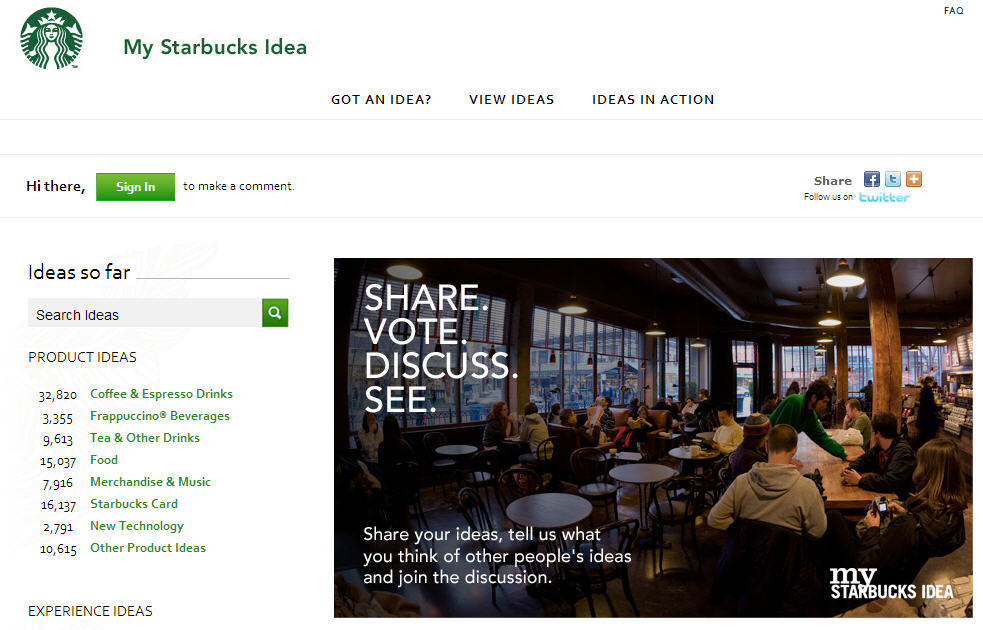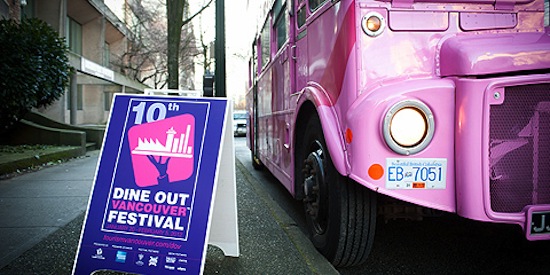I watch cooking shows whenever I can, and one of my favourite PBS shows is America’s Test Kitchen. Basically, every episode has a theme (such as potatoes) and the chefs work hard to test recipes until they’re consistently “perfect” (factoring time, complexity, and number of ingredients). Check out this video for an amazing Potato Galette recipe. They do a fantastic job of effectively simplifying recipes (via demonstrations and using substitutes such as gelatin instead of braised beef bone) so that viewers don’t need to work so hard to decode the original chef’s message.
I finally decided to check out their blog, which is appropriately named “The Feed“, and I love how user friendly it is with large buttons and a clean display. I also think that community aspect of the blog is extremely well done, because the posts add value to its users (such as through tips and tricks gathered over the years) and encourage participation.
Another cool aspect is called “Foodles” which are, you guessed it, food related doodles (particularly that links to an infographic about cakes). This really aligns with America’s Test Kitchen’s objectives of educating and helping cooks of all ages and skill levels in their pursuit to satisfy their foodie cravings. Most importantly, their tantalizing images do an amazing job at affecting their target market’s physiological state (I’m getting hungry as I write this post).
Although there’s a lot happening on this blog, I feel that the clean layout makes it easy for users to digest (particularly the live Twitter feed, which is something that I usually find to cause a website to become too busy). Following the AIDA Model, the television show provides awareness for the blog along with garnering interest, the tips engage users, and lead to their eventually trying out new recipes. I’m definitely bookmarking this blog!










